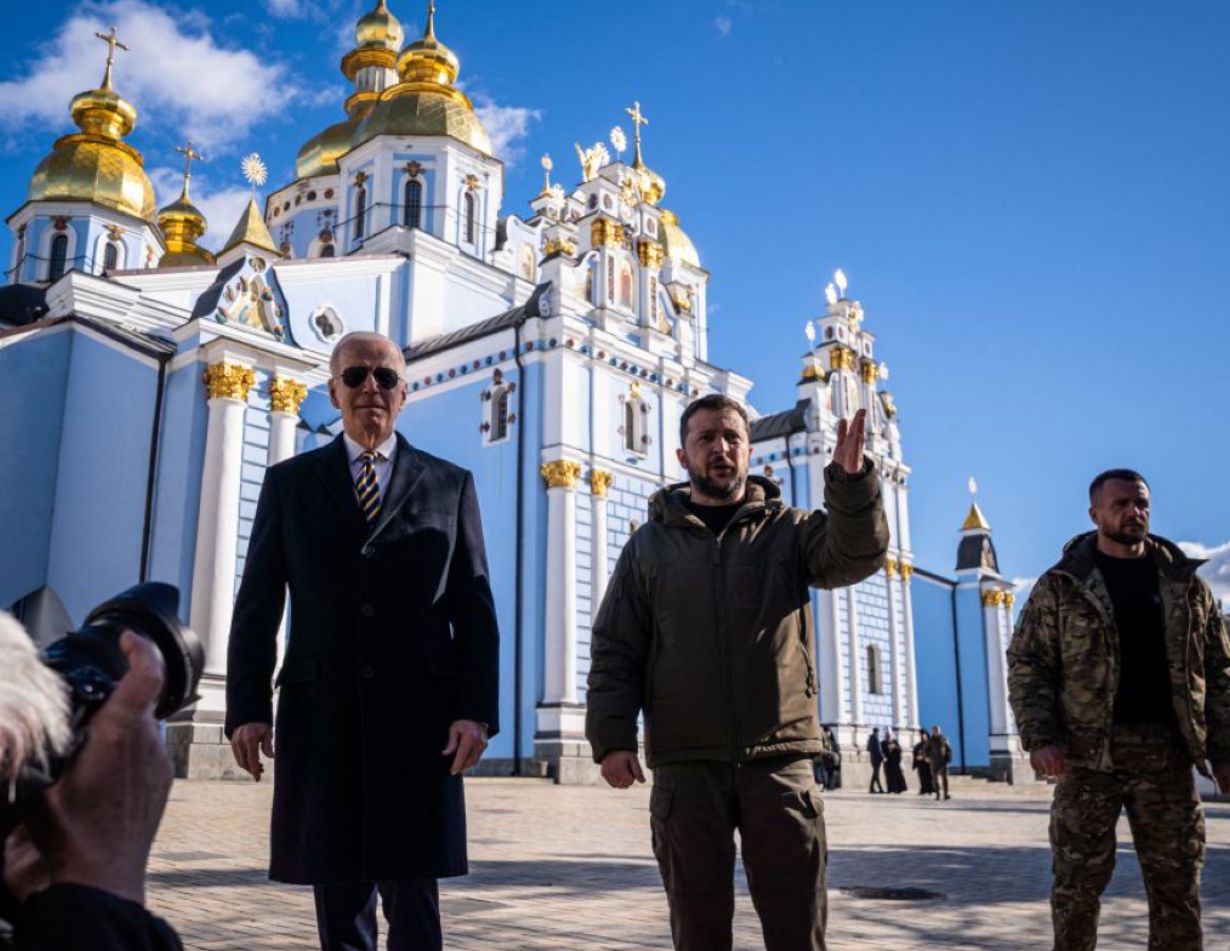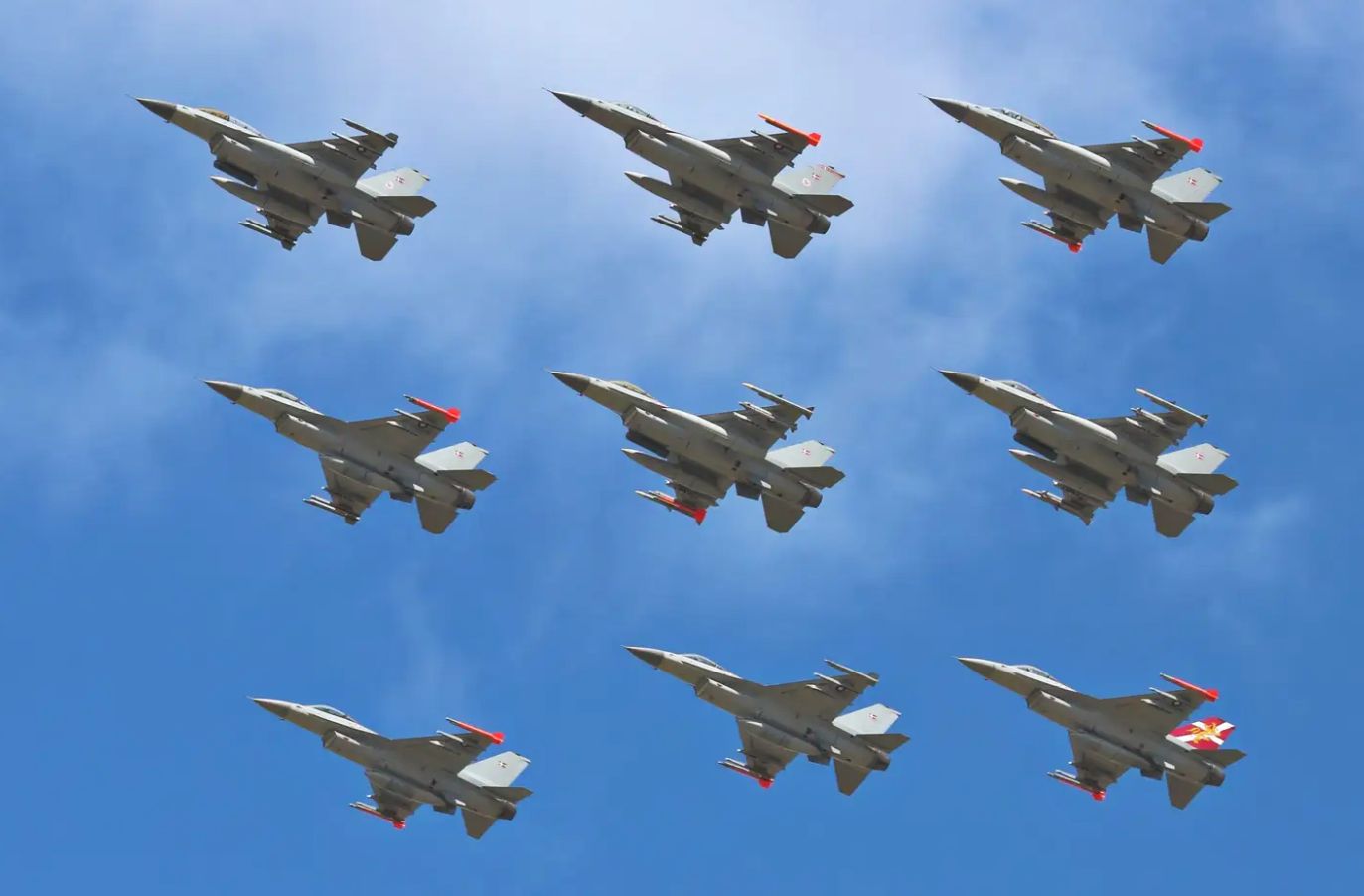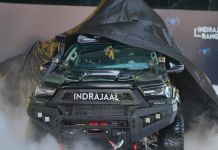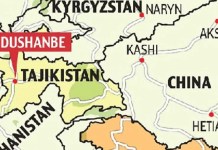While US President Joe Biden’s historic surprise visit to Ukraine on the eve of the first anniversary of the Russian invasion of that country and his new offer of $460 million of the military to boost the country’s defense has raised the spirit of the Ukrainians enormously, Kyiv’s request to get F-16 fighter aircraft at the earliest remains pending for Washington’s approval.
The $460 million in aid would include ammunition for US-provided missile and tank systems, air surveillance radars, and “emergency assistance to keep Ukraine’s energy infrastructure up and running in the face of Russia’s relentless missile and drone attacks,” Secretary of State Antony Blinken has clarified.
However, the fact that Biden undertook such a highly risky visit to Ukraine to show solidarity will keep the Ukrainians hopeful that they will eventually get the F-16 sooner rather than later.
After all, no US President in recent history has undertaken such a visit to a country where neither the Russians nor the Ukrainians have observed the war rules – a fact that compelled the US President to go for the hours-long train journey from Poland to the Ukrainian capital, Kyiv.
Washington had taken the extraordinary step of informing Moscow of Biden’s planned visit to reduce the risks further.
As White House spokeswoman Kate Bedingfield said, “A visit from a US president to an active war zone like this is historic and unprecedented. Unlike previous visits from presidents to war zones, like Iraq and Afghanistan, the US does not have a military presence on the ground in Ukraine, which made a visit from a sitting president all the more challenging.”

With such commitment of President Biden to the Ukrainian cause, it is indeed understandable when Ukrainian officials say that he is now reconsidering his earlier skepticism of F-16s for Ukraine. Incidentally, when asked whether the US would provide F-16 fighter jets to Ukraine, President Biden emphatically said “No.”
Ukrainian Foreign Minister Dmytro Kuleba has a point when he describes Biden’s skepticism as reflecting a typical US pattern of “first saying no, then fiercely defending that decision, only to say yes in the end.” This pattern has another feature too. Before saying “Yes,” the US says that Ukraine could get the items on its wish list from NATO allies. But when NATO allies show the same reluctance and say that they will give provided their leader, the US, also gives, Washington does concede.
For example, Germany and the Netherlands announced that they would only send Patriot launchers and missiles when President Biden decided to send a Patriot battery to Ukraine in late December. The same was the case with armored fighting vehicles like Bradleys; France and Germany opened their larders once the Biden administration signaled in January that it would send them.
Similarly, Germany agreed to send Leopard 2 tanks to Ukraine last month once the Biden administration decided to send the American M1A2 Abrams. That most of these items have not reached Ukraine yet because of lengthy arms-transfer procedures in the exporting/lending countries, mainly when those involve sophisticated arms, is a different matter.
There are also refitting maintenance and training issues. Long accustomed to Russian machines, Ukraine’s soldiers need proper training to operate the Western platforms and weapons. That explains why the Abrams tanks, which the US has agreed to send, will take several months to reach the battlefields in Ukraine. And this will be true for the F-16 planes, though Ukraine says it needs them the most for its “spring offensive” against Russia.
It should be noted that Ukraine has asked for dozens of F-16s, the single-engine fighter jet capable of air-to-air and air-to-ground operations, developed in the 1970s by General Dynamics. It says that F-16s are needed to provide air support for troops as they seek to reclaim cities and towns in the east and the south where Russian troops have dug in and protect Ukrainian cities and towns from Moscow’s attack planes.
Incidentally, these planes may not come to Ukraine directly from the United States but from NATO countries flying them. Ukraine understands that Poland will supply them with the F-16 once the US government approves sales or transfers of F-16s from partner nations to third-party countries (required under US laws), but other experts say that it is more likely that such transfers would come from Denmark or the Netherlands.

As the Netherlands has around 40 F-16s and is transitioning to the more advanced F-35 fighter (also made by General Dynamics/ Lockheed Martin), sending some of its F-16s to Ukraine is said to be making better sense.
Incidentally, Lockheed Martin’s COO, Frank St. John, has said that while the company does not participate directly in negotiations on the potential supply of jets to Ukraine, it was involved in numerous discussions with third parties who are considering making their stock of F-16s available to Kyiv.
According to him, Lockheed Martin plans to “ramp up production of F-16s in Greenville (South Carolina) to get to where we can backfill pretty capably any countries that choose to do third-party transfers to help with the current conflict.”
However, the fact remains that any European country looking to supply Ukraine with its F-16s would need to get a re-export permit from Washington first. And here, there seem to be three main factors that the Biden Administration is confronted with before giving the green signal.
First, there are logistical issues. Besides the training that the Ukrainian pilots must undertake before flying the F–16s (a minimum period of six months is supposed to be needed for Ukraine’s pilots to become proficient enough for combat), the multipurpose jet also requires relatively pristine runways for takeoff and landing.
Here, F-16s are unlike the Soviet-built planes, which were designed to operate from “austere bases”; these can be damaged by objects sucked into their engines and therefore need to be inspected and maintained almost daily. But Ukraine is said to have few “pristine airfields,” Russia could bomb those repeatedly, forcing endless rounds of repair.
Secondly, there is the question of whether F-16s are needed by Ukraine when Russia has the powerful S-400 surface-to-air missile deployed in Russian-occupied Crimea and Belarus to neutralize them. To preserve the F-16s, Ukrainian pilots must fly low to avoid detection.
But then it will be a very challenging job to fly F-16s at a very low level within tens of kilometers from the front line. And if they remain low, that would significantly constrain their weapons employment and sensor picture options. So it is unclear how much these advantages F-16s would offer in the war in Ukraine.
It is pointed out that, all told, there hasn’t been much of an air war in Ukraine lately. Neither Russia nor Ukraine has flown combat planes far forward of their front lines because they know that the other side could shoot the aircraft down with its dense layers of air-defense weapons (in many cases, they have been shot down).
Instead, both sides have aimed to destroy enemy troop concentrations or other targets by firing rockets, missiles, and long-range artillery from launch pads on the ground—cheaper, more reliable, and less vulnerable than fighter planes. And that explains why the Biden administration has prioritized sending Ukraine thousands of missiles and rockets, millions of ammunition, and quality air defense systems.
Of course, Chris Gordon, a senior editor at “Air & Space Forces Magazine,” has written how the Biden Administration is constantly underestimating the importance of the Air Force as its “top US military advisors, including Defense Secretary Lloyd Austin and Chairman of the Joint Chiefs of Staff Gen. Mark A. Milley are experienced ground officers (Austin is a retired Army General and Milley is the Army’s former Chief of Staff) and their collective experience is skewed toward land warfare.”
The point is that Defense Department leadership advising President Biden are products of the Army and that “they have no comprehension of the effective use of air power in a concerted conventional campaign.”
Thirdly, the mother of all the factors is the concern whether sending F-16s to Ukraine would cross a line that Russian President Vladimir Putin might regard as a provocation, to which he might respond by escalating the fight involving the tactical nuclear weapons.
It is argued that “a fully armed F-16 has a range of 500 miles, putting the plane—if it takes off from some of Ukraine’s airbases—within striking distance of targets well inside Russian territory. (ATACMs, an advanced ground-launched tactical missile that Zelensky wants but Biden doesn’t want to give him, have this same feature.)
This is not the case with any other weapon the West has given Ukraine. Biden could make Zelensky promise that his pilots would not fly the planes across the Russian border. Zelensky could be trusted to abide by the pledge; cheating would severely alienate his leading arms supplier and intelligence. But Putin’s mindset is the primary concern here; would he believe the pledge?”
In other words, will Putin regard Ukraine with F-16s as an existential threat? And, if so, will not supplying F-16s to Ukraine start World War III, involving nuclear weapons?
However, supporters of F-16s in Ukraine counter-argue that Ukraine has already struck targets inside Russia (and inside Ukrainian districts, including Crimea, that Putin claims are parts of Russia), with no escalatory consequences, though the incidents may have spurred Putin to order more intense Russian bombings of Ukrainian cities.
But then there is still a difference. So far, Ukraine has hit Russian targets with its missiles (or, in some cases, it seems, with on-the-ground saboteurs). But will not hitting Russia with F-16 be a qualitatively different situation?
In sum, all the above factors remain relevant, even though President Biden created history by visiting Ukraine on Monday. So, it remains to be seen if the typical US pattern of “first saying no, then defending that decision fiercely, only to say yes in the end” will be repeated when sending F-16s to Ukraine.
- Author and veteran journalist Prakash Nanda has been commenting on politics, foreign policy, on strategic affairs for nearly three decades. A former National Fellow of the Indian Council for Historical Research and recipient of the Seoul Peace Prize Scholarship, he is also a Distinguished Fellow at the Institute of Peace and Conflict Studies.
- CONTACT: prakash.nanda (at) hotmail.com
- Follow EurAsian Times on Google News




